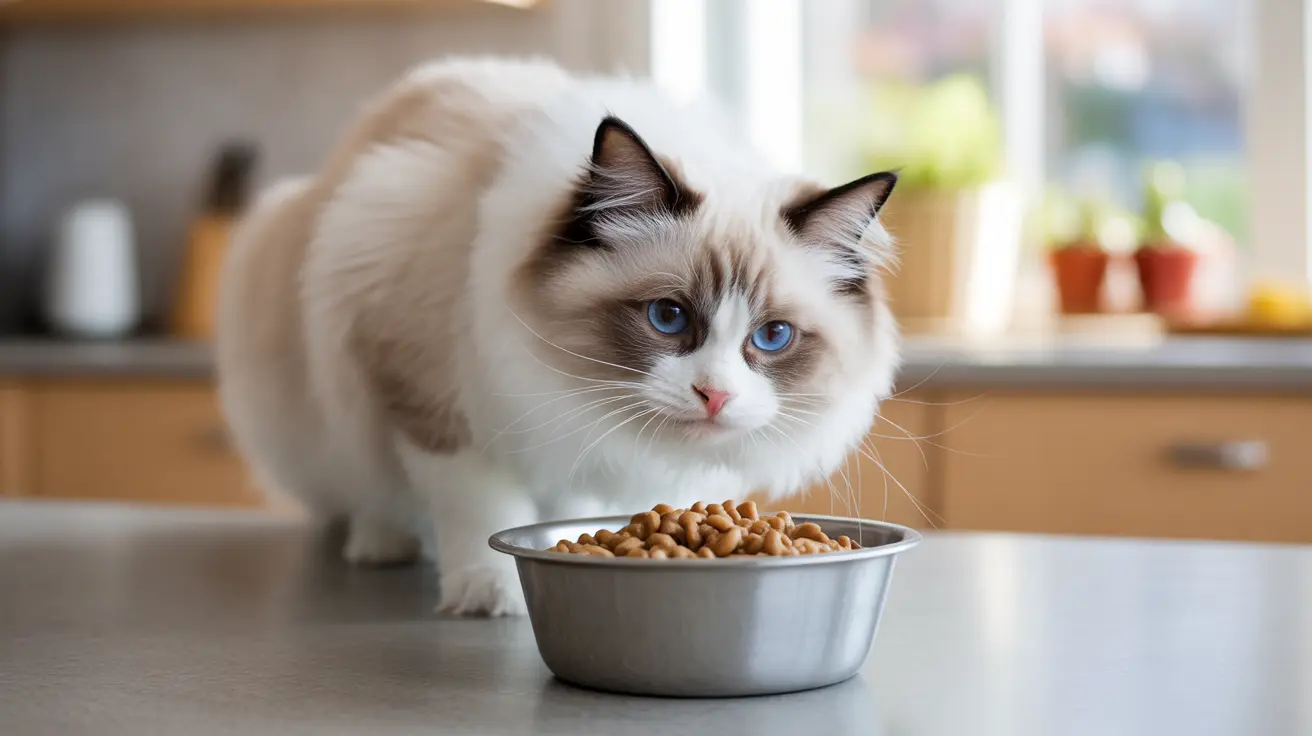If you're a cat owner who feeds wet food, knowing how long it can safely sit out is crucial for your pet's health. Wet cat food is particularly susceptible to bacterial growth and spoilage, making proper handling and timing essential. Let's explore the safe time limits and best practices for serving wet cat food to ensure your feline friend stays healthy and well-fed.
The Safe Time Window for Wet Cat Food
The general rule is simple: wet cat food should not be left out for more than 1-2 hours at room temperature. This timeframe becomes even shorter in warmer conditions, where you should remove uneaten food after just 30 minutes to an hour if the temperature exceeds 50°F (10°C).
The reason for this strict timeline is that bacteria multiply rapidly in moist, protein-rich environments, potentially leading to foodborne illness in your cat. Even before bacterial growth becomes dangerous, the food's texture and palatability deteriorate, making it less appealing to your pet.
Understanding the Risks of Extended Exposure
When wet cat food sits out too long, several problems can develop:
- Bacterial contamination (including E. coli, Salmonella, and Listeria)
- Texture changes that make the food unpalatable
- Loss of nutritional value
- Development of unpleasant odors
- Increased risk of foodborne illness
These risks are particularly concerning for cats with compromised immune systems, senior cats, or those with existing health conditions.
Proper Storage and Handling Guidelines
Before Opening
Unopened wet cat food can be stored at room temperature in a cool, dry place. Always check the expiration date and ensure cans aren't damaged or bulging before use.
After Opening
Follow these essential storage practices:
- Transfer unused portions to an airtight container
- Refrigerate immediately at 40°F (4°C) or below
- Use refrigerated portions within 2-3 days
- Warm refrigerated food to room temperature before serving
- Never microwave food in metal cans
Smart Feeding Practices to Prevent Waste
To maximize food freshness and minimize waste:
- Serve smaller portions more frequently
- Use shallow, clean dishes
- Establish regular feeding schedules
- Monitor your cat's eating habits
- Remove uneaten food promptly
- Clean bowls thoroughly between meals
Frequently Asked Questions
How long can wet cat food safely sit out at room temperature before it spoils?
Wet cat food should not be left out for more than 1-2 hours at room temperature. In warmer conditions (above 50°F/10°C), this time reduces to 30-60 minutes.
What are the risks of leaving wet cat food out for too long?
The main risks include bacterial growth leading to foodborne illness, texture degradation, loss of nutritional value, and development of harmful pathogens that can cause digestive issues in cats.
How should I store leftover wet cat food after opening to keep it fresh?
Store leftover wet cat food in an airtight container in the refrigerator at 40°F (4°C) or below. Use within 2-3 days and warm to room temperature before serving.
Why does my cat refuse to eat wet food that has been left out too long?
Cats may refuse food that's been left out because its texture, temperature, and smell have changed, making it less appealing. Cats are naturally attracted to fresh food and may instinctively avoid spoiled food.
What are the best feeding practices to prevent my cat's wet food from going to waste?
Serve appropriate portions, establish regular feeding times, use clean bowls, and remove uneaten food within the safe time window. Consider dividing daily portions into smaller, more frequent meals.
Remember, proper handling of wet cat food is essential for your pet's health and well-being. When in doubt, it's always better to err on the side of caution and discard food that has been left out too long.






